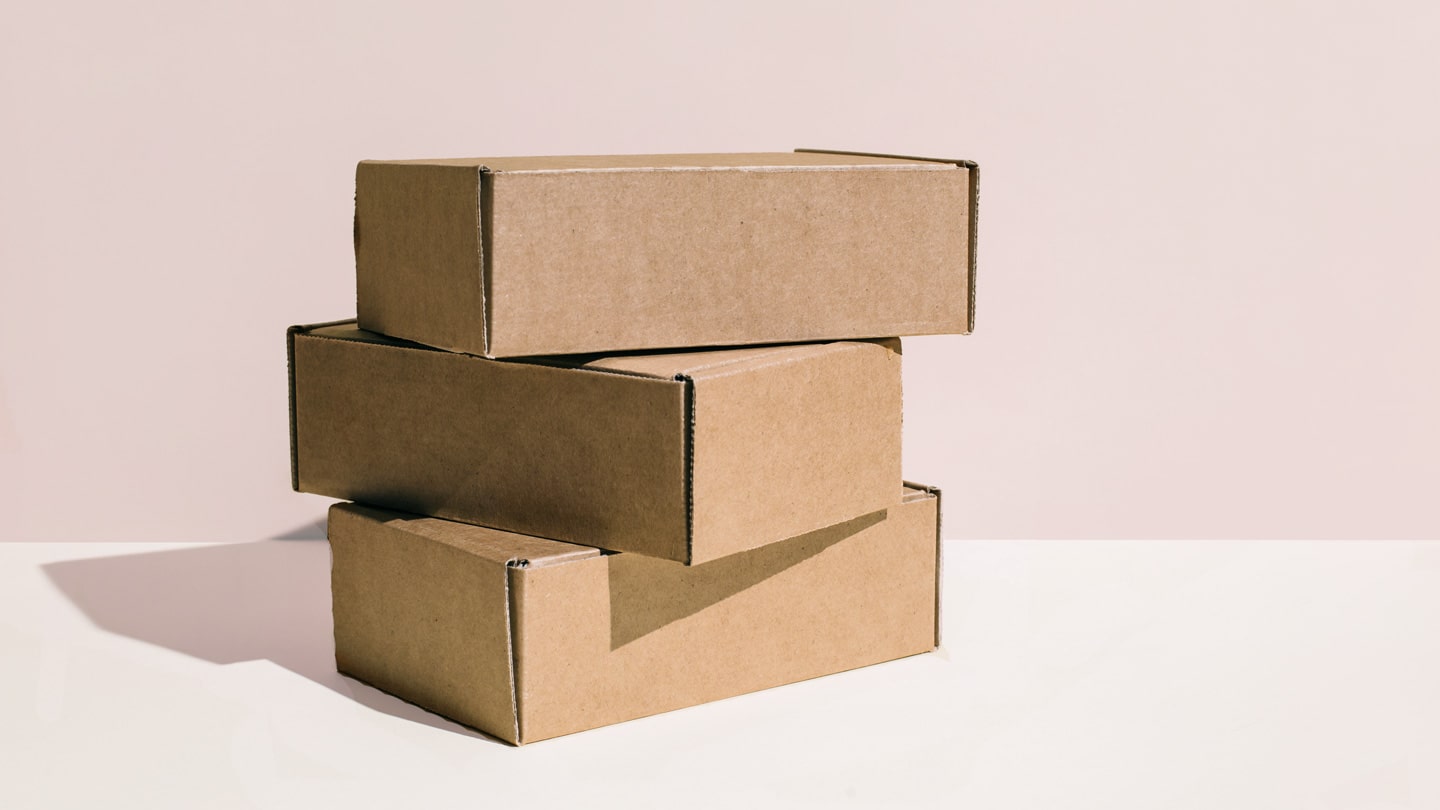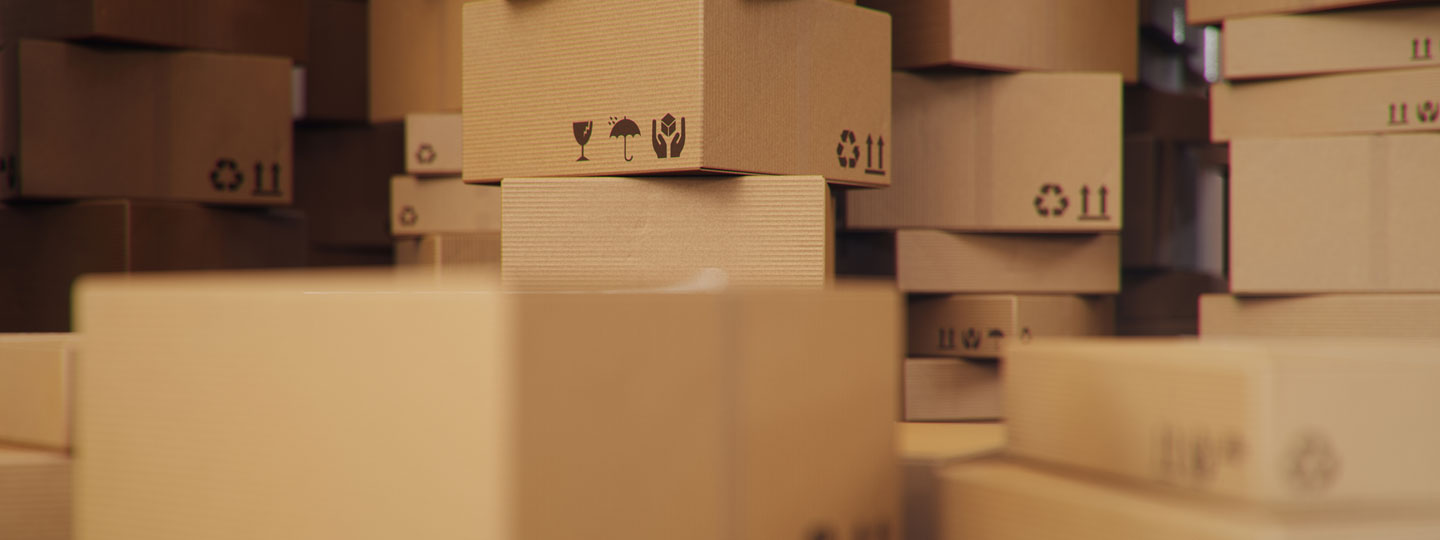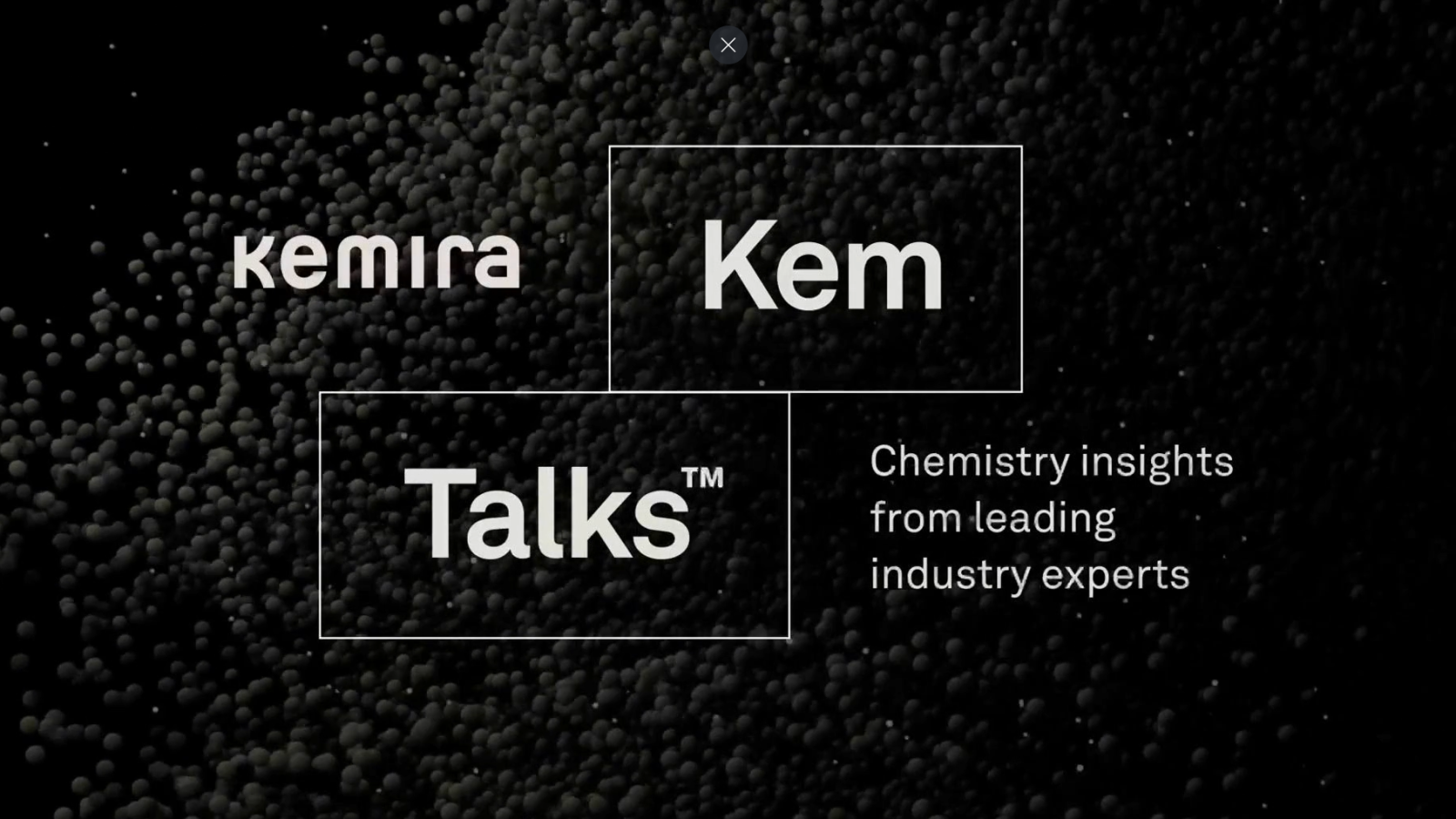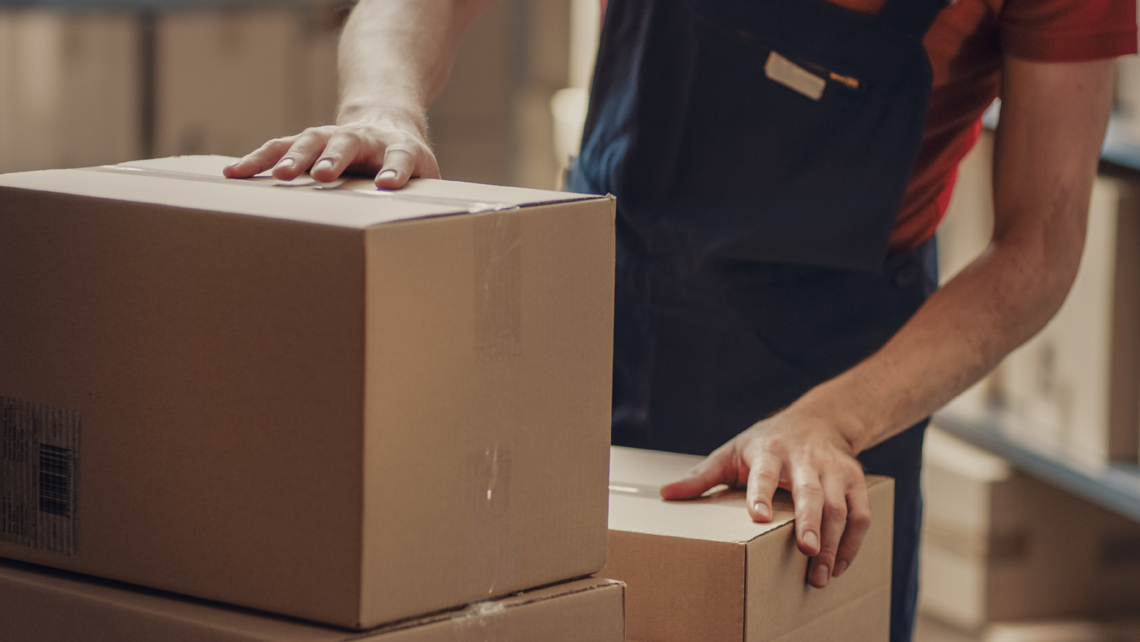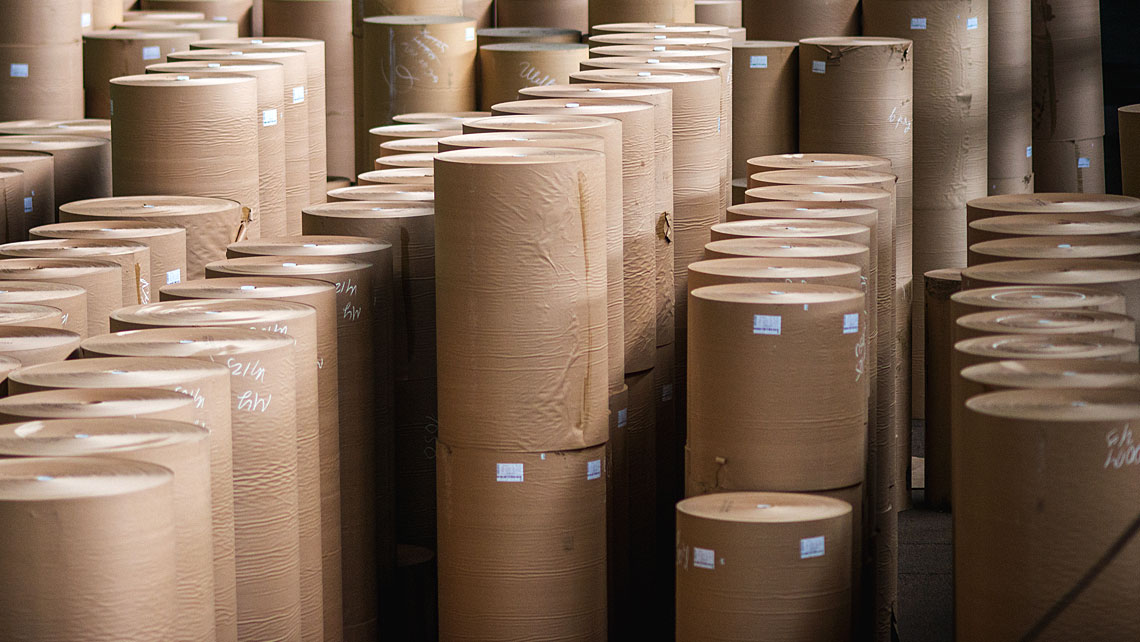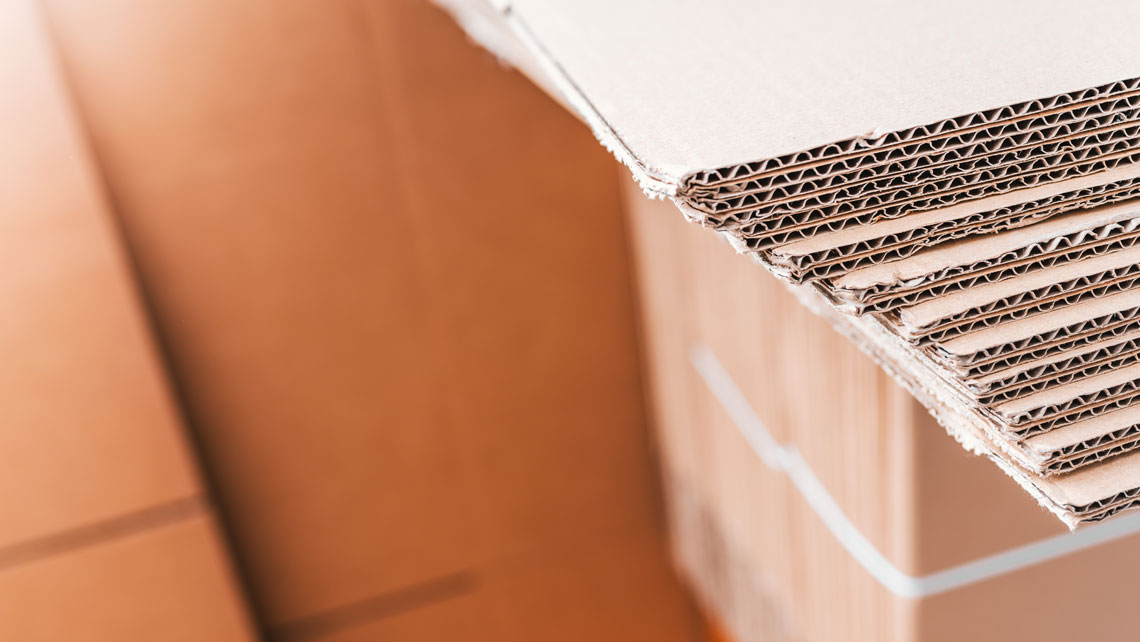Choosing and implementing the right strength program is not only about overcoming the challenges that paper and board producers face when trying to meet the strength targets in their products. Managing and optimizing strength with the right chemical solution provides also an opportunity to expand the operational window, optimize costs, and turn the enhanced strength into improved profitability.
Our expert Mikko Virtanen, Sr Manager, Market Development, lists 5 ways to drive value from improved strength in paper and board, helping you to achieve a net positive return on investment made in strength chemistry.
1. Adjust the fiber mix
Strength in paper and board is a combination of fiber quality, fiber treatment, chemical solutions, used technologies, and machine parameters. Effective dry strength additives have a key role in the equation as they make it possible to adjust the other parameters and help reduce the need for expensive, high-quality fibers.
Additional dry strength enables flexibility to adjust the fiber mix based on e.g. fiber price and availability without jeopardizing your strength targets, for example by making it possible the use lower cost fiber or higher filler content. Strength program can also help you overcome the variations in fiber quality that can otherwise turn part of your production off-spec.
2. Produce high performance grades
The demand for high performance packaging grades is increasing. Successful dry strength application can help you reach high performance strength specifications in your production cost-efficiently.
You can upgrade the quality of your product to better compete in the current market or develop new grades to enter to new ones, allowing for the opportunity to increase your profit.
3. Increase machine speed
Surface starch is the common solution for creating strength in paper and board. It is a fairly cost-efficient option and typically high quantities of starch can be used to ensure the desired strength targets. However, when the needed strength properties are achieved with e.g. a high dosages of size press starch, it can considerably limit production speed.
Some strength solutions help improve drainage and overall, the need for post drying reduces when less starch is used in the production. Increasing machine speed with the help of an optimized strength solution creates value through improved production.
